PRESENTATION: Elisabeth Wild-Imagination Factory
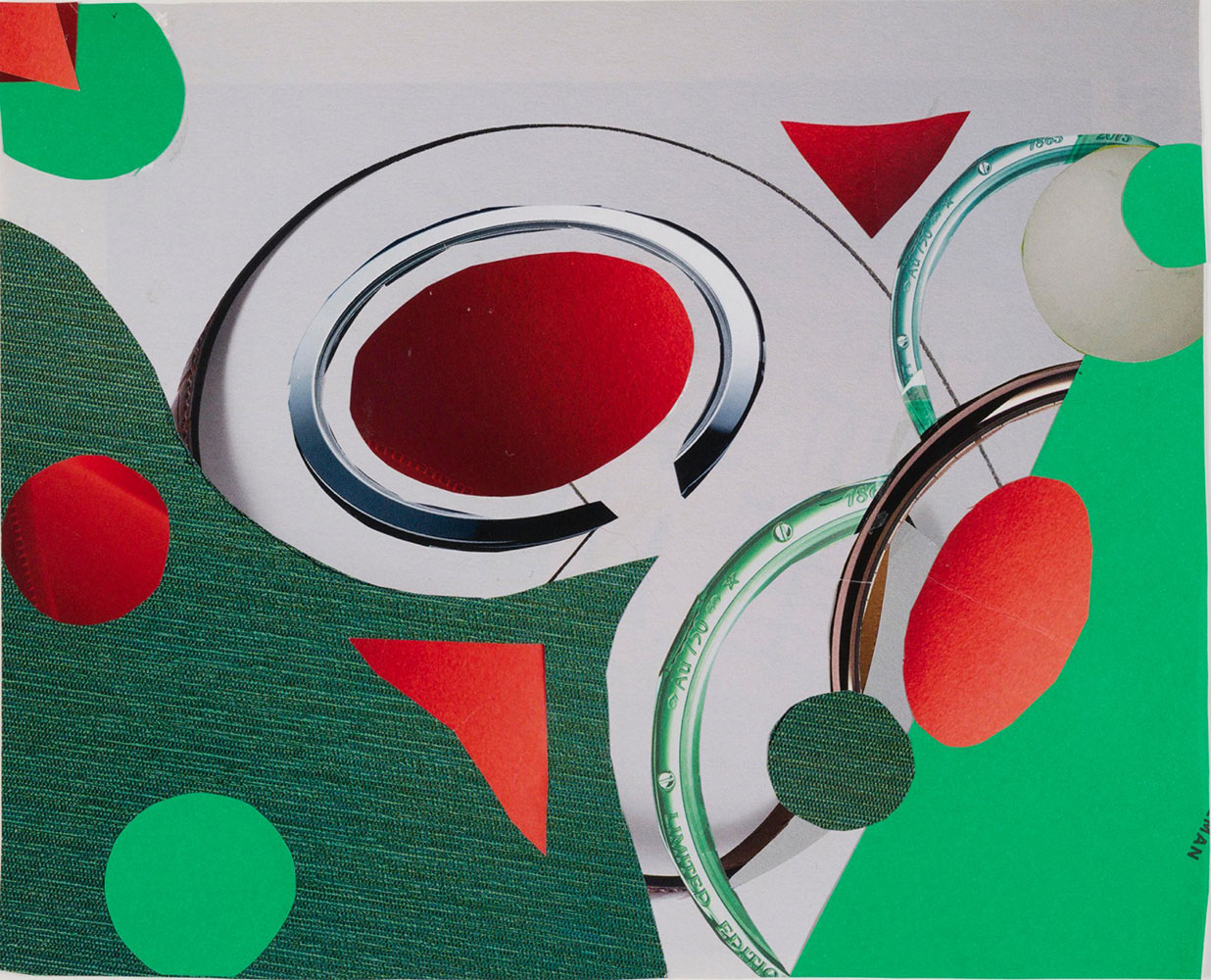 The turbulent biography of Elisabeth Wild is like a recap of the twentieth century. Marked by flight and displacement, national identification and disidentification, her life seemed constantly to hit the reset button. This is not least evident in her oeuvre, which is highly diverse in terms of the media she used—including painting, sculpture, and textile design as well as collages and subsequent installations.
The turbulent biography of Elisabeth Wild is like a recap of the twentieth century. Marked by flight and displacement, national identification and disidentification, her life seemed constantly to hit the reset button. This is not least evident in her oeuvre, which is highly diverse in terms of the media she used—including painting, sculpture, and textile design as well as collages and subsequent installations.
By Efi Michalarou
Photo: mumok Archive
“Imagination Factory” is the first retrospective exhibition, turning the spotlight on Elisabeth Wild’s late works as well as her previously unknown early works. Elisabeth Wild’s story begins in Vienna. The child of a Catholic mother and a Jewish father, she was forced to emigrate to Argentina in 1938, following Austria’s “Anschluss” to the Nazi regime. In Argentina, she eked out a living as a textile designer and later met her husband, August Wild. As early as 1962, the right-wing political climate in Buenos Aires once again compelled her to relocate, this time to Basel, where she ran an antique shop for more than three decades. In 1996, she and her daughter, the artist Vivian Suter, eventually moved to Guatemala, where Elisabeth Wild lived and worked until her death in 2020. Surrounded by a junglelike garden, visitors may move through a schematic replica of Elisabeth Wild’s house in Guatemala. The exhibition architecture was accomplished by architect Johanna Meyer-Grohbrügge in collaboration with the Ottensheim-based firm papplab, while the photos for the wallpaper were provided by Wild’s daughter, Vivian Suter. The materiality of the environmentally sustainable carton-based architecture, which houses some of Wild’s early works, references the significance of paper in her later works. Elisabeth Wild (née Pollak) was born to a Catholic mother and a Jewish father in Vienna in 1922. In 1938, at the young age of sixteen, she was forced to flee from the Nazis. With some detours along the way, her family reached Argentina—Buenos Aires, to be exact—where Wild studied painting under Leo Bernhard Eichhorn at the Círculo de Bellas Artes. Her classical training is particularly evident in her early works, for which Wild rarely left a classical genre untackled. Along with textile designs and sketches, we find several landscape paintings, still lifes, nudes, and portraits of women. With time, however, Wild increasingly distanced herself from her figurative practice. Surrealistic elements increased in quantity, and the works became smaller, more intimate, and fragmented, more dreamlike and fictional in their atmospheric concepts.
At first, Wild eked out a living as a nanny, a time during which she painted several nurseries with whimsical murals inspired by the diversity of nature. She painted dreamt-up underwater worlds as well as desert scenes and mountain landscapes—a playful approach that reappears in the textile designs she made for the textile mill of her later husband, August Wild. Some of these designs were once again realized in textile form for this exhibition—appearing as duvet covers, carpets, or upholstery. In 1962, Wild and her husband again fled right-wing political sentiments, this time to the husband’s country of origin, Switzerland. In Basel, Wild ran an antique shop at the Gate of Saint John for three decades, where she collected various objects from Switzerland and other countries closeby, to restore them for resale in her shop. Memorabilia from that time can still be found in Wild’s daughter’s house, including a chandelier from the 1970s that she assembled from individual fragments of different lights. In 1966, she finally moved in with her daughter in Guatemala, where she lived and worked until her death. Her love for Latin America was omnipresent in Wild’s house and was expressed not only in her collection of objects but also in her paintings and collages. She shared this passion with her daughter, Vivian Suter. For twenty-four years, the two artists lived and worked together in a place distinguished by its scenic beauty as well as by precarity. Natural events like monsoons, hurricanes, and mudslides left lasting marks—which never managed to blemish their connection to the place. As Suter made a habit of incorporating her mother’s works in her own exhibitions time and again, the works of mother and daughter now are also be displayed in the same place—which is to say, the city where it all began. Coinciding with the show Elisabeth Wild. “Imagination Factory” at mumok, the Vienna Secession presents the solo exhibition “Vivian Suter. A Stone in the Lake”. 365 collages represent the course of a whole year and symbolize Elisabeth Wild’s creative process, a rigid routine that was to yield one work a day. She leafed through countless magazines from the fields of art, architecture, fashion, and design and cut them up to reassemble scraps into small-format fantastical, kaleidoscopic figures, yielding brightly colored A4-size collages reminiscent of cosmic visions and imaginary dream worlds. Having moved to Guatemala, Wild decided to swap the paintbrush for scissors. After an accident, she had to use a wheelchair, and the small format accommodated her limited mobility. Scissors, paper, and glue enabled her to pursue her artistic vision unencumbered. However getting access to magazines wasn’t always an easy feat in Panajachel, and so high-gloss publications were always welcome presents from abroad. The process of selecting the appropriate materials shared similarities with her earlier work as an antiques dealer. Foraging through flea markets, collecting, and subsequently treating furniture or design objects were part of her everyday activities at the time.
Using commercial material as the departure point for her work did not stem from a blanket rejection of consumerism as such but rather her interest in it as an aesthetic means. While she fragmented most of the motifs beyond recognition, she also left some whole. On paper, Wild organized the cut-outs into images that are surprising in their dreamlike, abstractly futurist appearance. The compact compositions with their masklike, architectural, quasi-natural, and abstract patterns evoke a plethora of associations. Brimming with color, life, and layers, the collages seem to reflect the courageous, optimistic attitude of a woman whose biography was characterized by upheaval and new beginnings. Although the artist’s two creative periods seem contrary at first, the later collages elicit the atmosphere and attention to detail of the earlier surrealist paintings she made after her painting lessons in Buenos Aires. The artist’s early interests—manifested in landscape painting, portraits, and textile patterns—reappear in her later works in purely abstract form. After the oeuvre received little attention for a long time, we owe its discovery to the curator Adam Szymczyk, who in 2017 invited Wild to participate in documenta 14. Wild was finally given the international attention she deserved. In presenting her works, she remained true to her own formal guidelines. She always wanted her collages to be displayed in a large-scale installation. The sheer wealth of works invites viewers to immerse themselves in the universe she created. Even the specific color scheme in which the walls were painted was important to Wild. She negated the “white cube,” understanding the unifying function of color in space as well as the hybridity it creates. A reproduction of Wild’s contribution to documenta 14 is the core of the exhibited collages. The rounded partitions quote the curved walls and windows of the Neue Galerie in Kassel as well as mumok’s rounded roof. The works are installed, as per Wild’s instructions, in an irregular hanging. They follow neither a thematic nor a chronological order and are exhibited without labels. Wild, who rarely dated and never titled her works, usually left the arrangement of the works in the exhibition up to the curator. This perpetually creates new references in the respective spaces. Visitors are given the opportunity to experience each detailed collage individually in all its precision—or to enjoy the many layers of the works in their totality. The installation is complemented by the video “Vivian’s Garden” (2017) by the filmmaker and artist Rosalind Nashashibi. The video documents the way the two artists lived together as well as the close bond between mother and daughter. Wild is portrayed in her house doing routine work that was characteristic of her daily life, always bent over her desk, working with great focus. It was there that she negotiated the relation of abstraction and nature in a continuous exploration of the medium of collage. She combined the interior and the exterior, transforming the commonplace into her own mental landscapes. The results dazzle in their wealth of facets and layers. They are fantasías whose basis is the reality of an eventful, turbulent life.
Photo: Elisabeth Wild, Untitled, 2017, Collage on paper, 25.4 x 20.6 cm, © Estate of Elisabeth Wild, 2023, commissioned by documenta 14. Courtesy of the Artist‘s Estate; Karma International, Zurich; and Proyectos Ultravioleta, Guatemala City, Photo: Markus Wörgötter
Info: Curator: Marianne Dobner, mumok (museum moderner kunst stiftung ludwig wien), Museumsplatz 1, Vienna, Austria, Duration: 5/5/2023-7/1/2024, Days & Hours: Tue-Sun 10:00-18:00, www.mumok.at/

Right: Elisabeth Wild, Untitled, 2017, Collage on paper, 28.6 x 20.6 cm, © Estate of Elisabeth Wild, 2023, commissioned by documenta 14. Courtesy of the Artist‘s Estate; Karma International, Zurich; and Proyectos Ultravioleta, Guatemala City, Photo: Markus Wörgötter
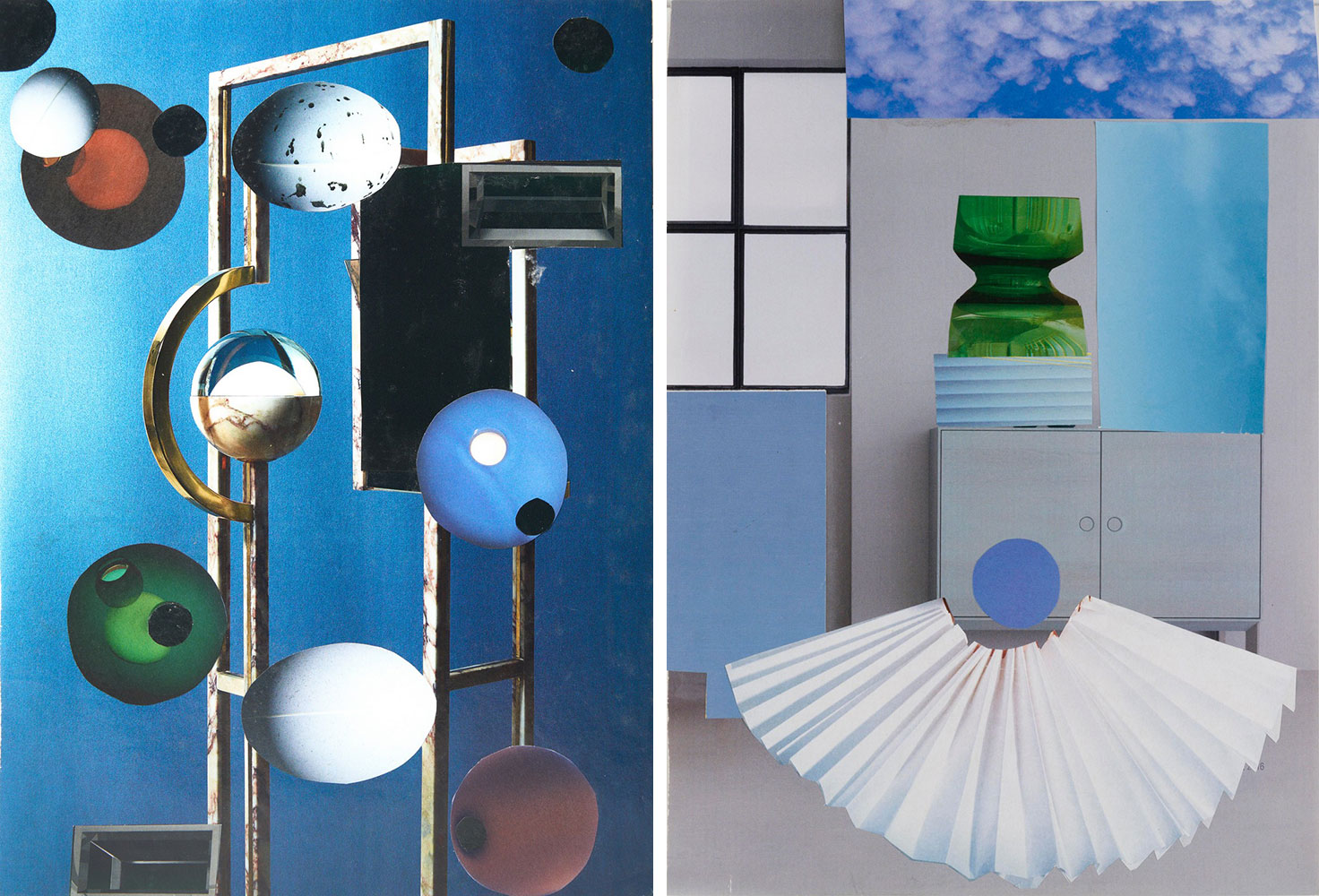
Right: Elisabeth Wild, Untitled, 2015, Collage on paper, 30 x 22 cm, © Estate of Elisabeth Wild, 2023, Courtesy of the Artist‘s Estate; Karma International, Zurich, Photo: Nicolas Duc
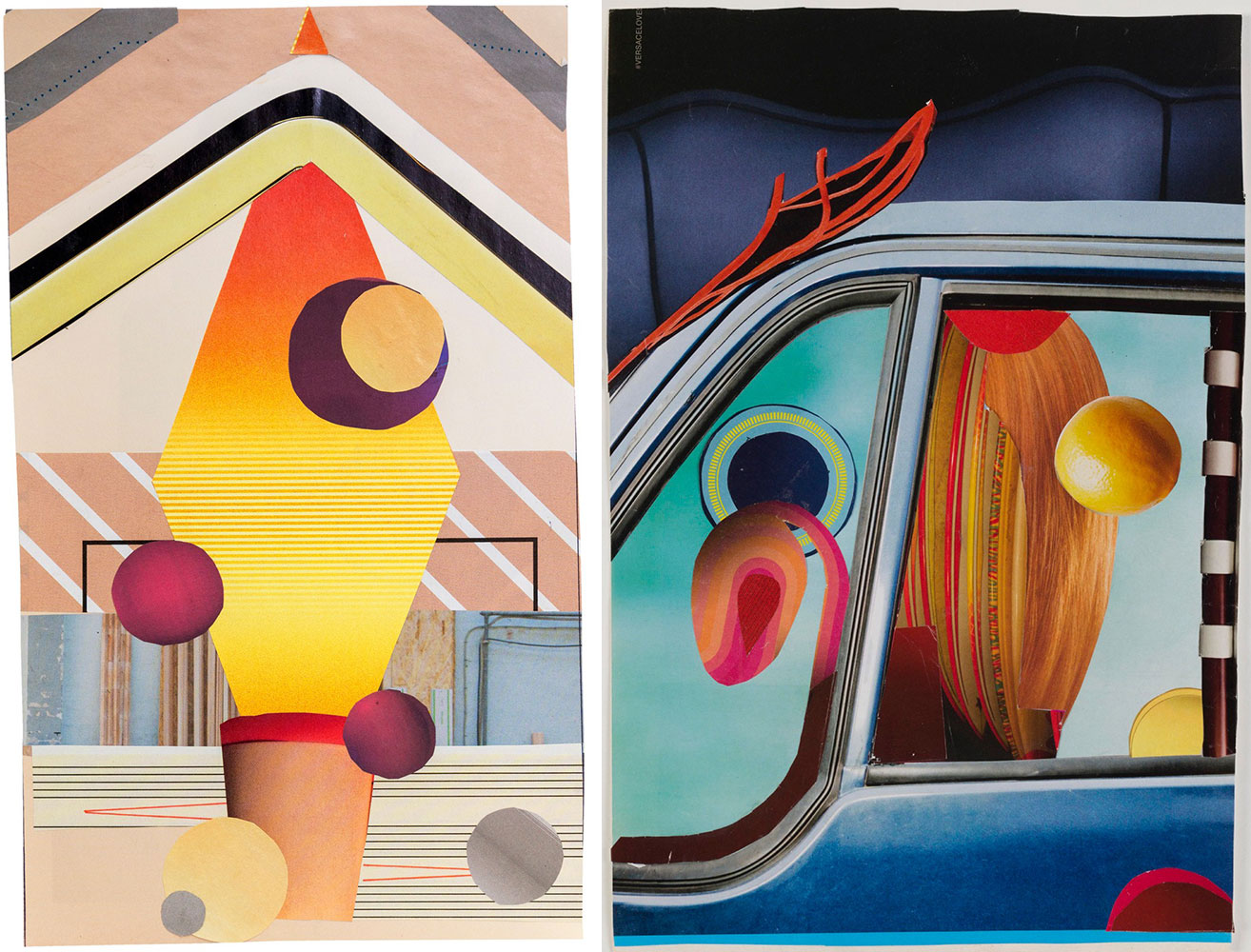
Right: Elisabeth Wild, Untitled, 2015, Collage on paper, 30.2 x 20.2 cm, © Estate of Elisabeth Wild, 2023, commissioned by documenta 14. Courtesy of the Artist‘s Estate; Karma International, Zurich; and Proyectos Ultravioleta, Guatemala City, Photo: Markus Wörgötter
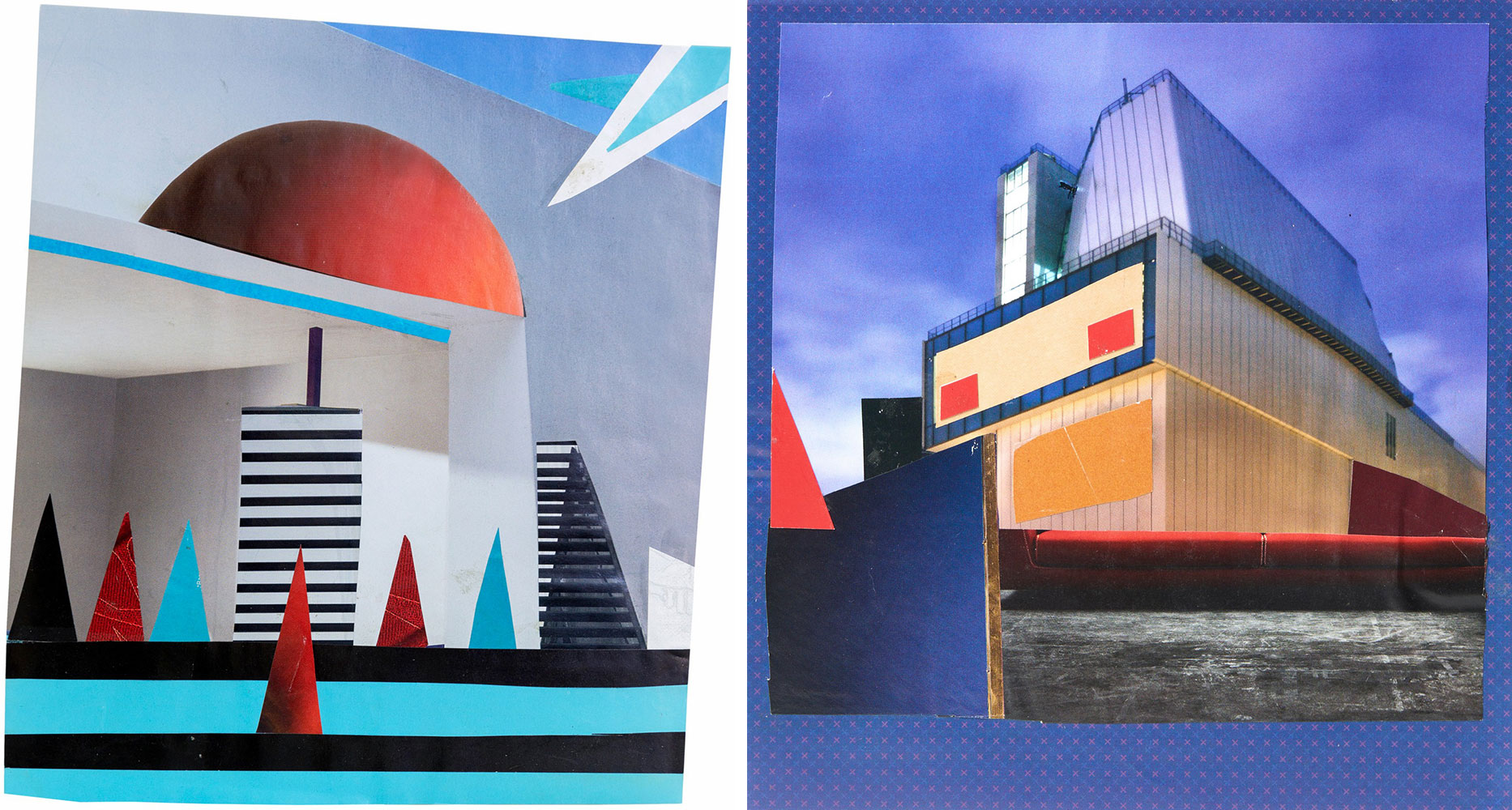
Right: Elisabeth Wild, Untitled, 2017, Collage on paper, 20 x 19 cm, © Estate of Elisabeth Wild, 2023, Courtesy of the Artist‘s Estate; Karma International, Zurich, Photo: Nicolas Duc
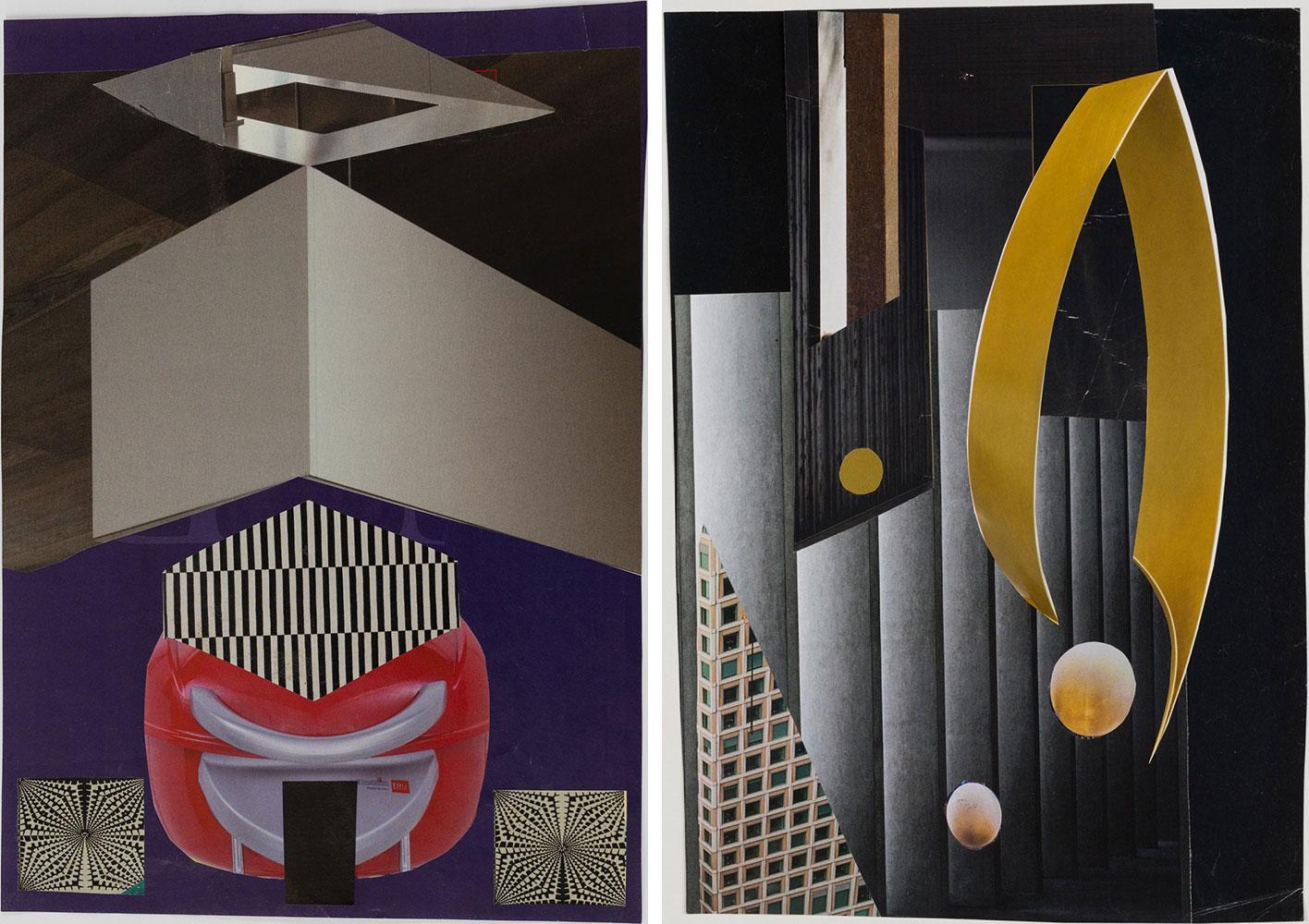
Right: Elisabeth Wild, Untitled, 2017, Collage on paper, 27 x 18.8 cm, © Estate of Elisabeth Wild, 2023 commissioned by documenta 14. Courtesy of the Artist‘s Estate; Karma International, Zurich; and Proyectos Ultravioleta, Guatemala City, Photo: Markus Wörgötter
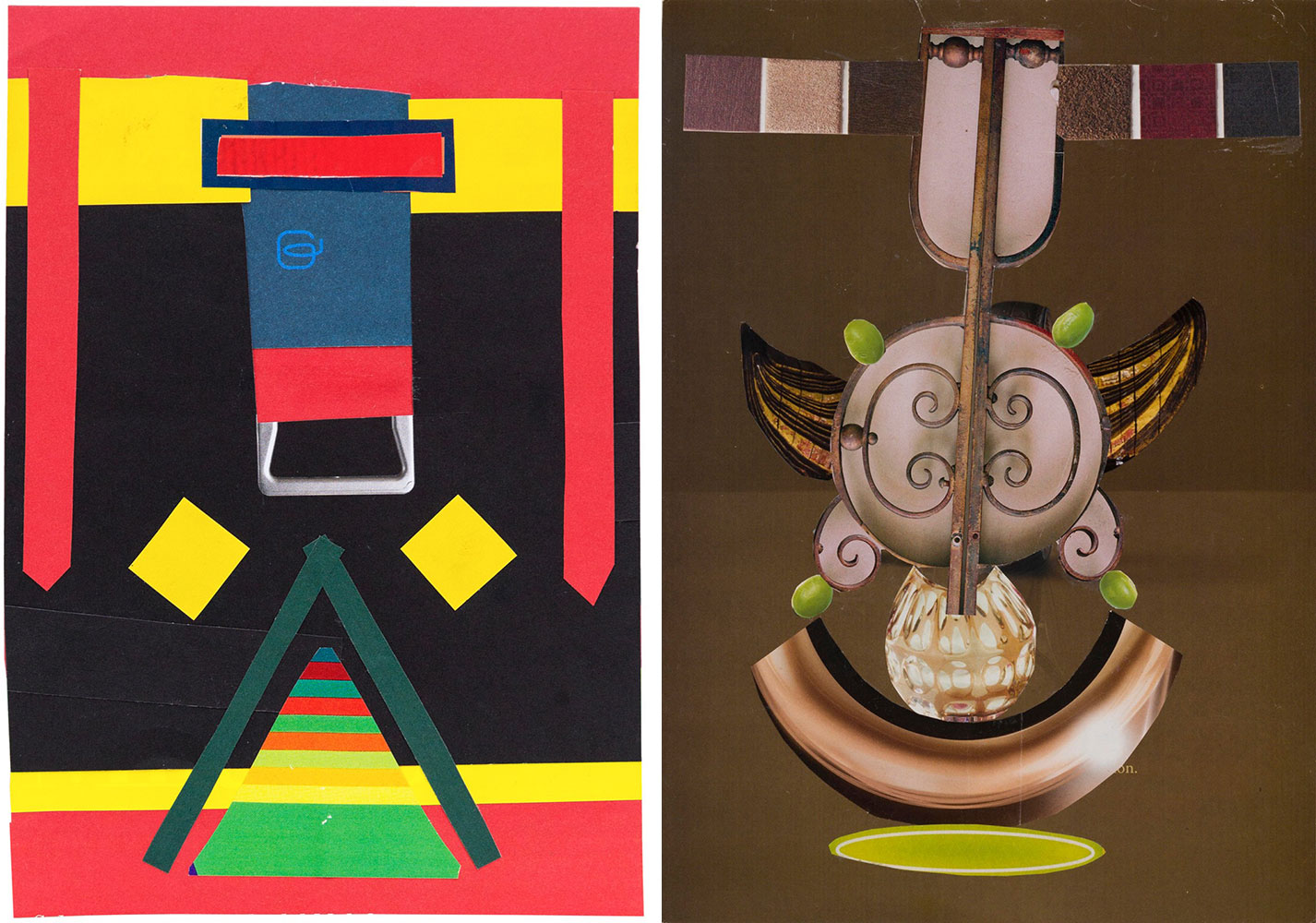
Right: Elisabeth Wild, Untitled, undated, Collage on paper, 30.5 x 22 cm, © Estate of Elisabeth Wild, 2023, commissioned by documenta 14. Courtesy of the Artist‘s Estate; Karma International, Zurich; and Proyectos Ultravioleta, Guatemala City, Photo: Markus Wörgötter
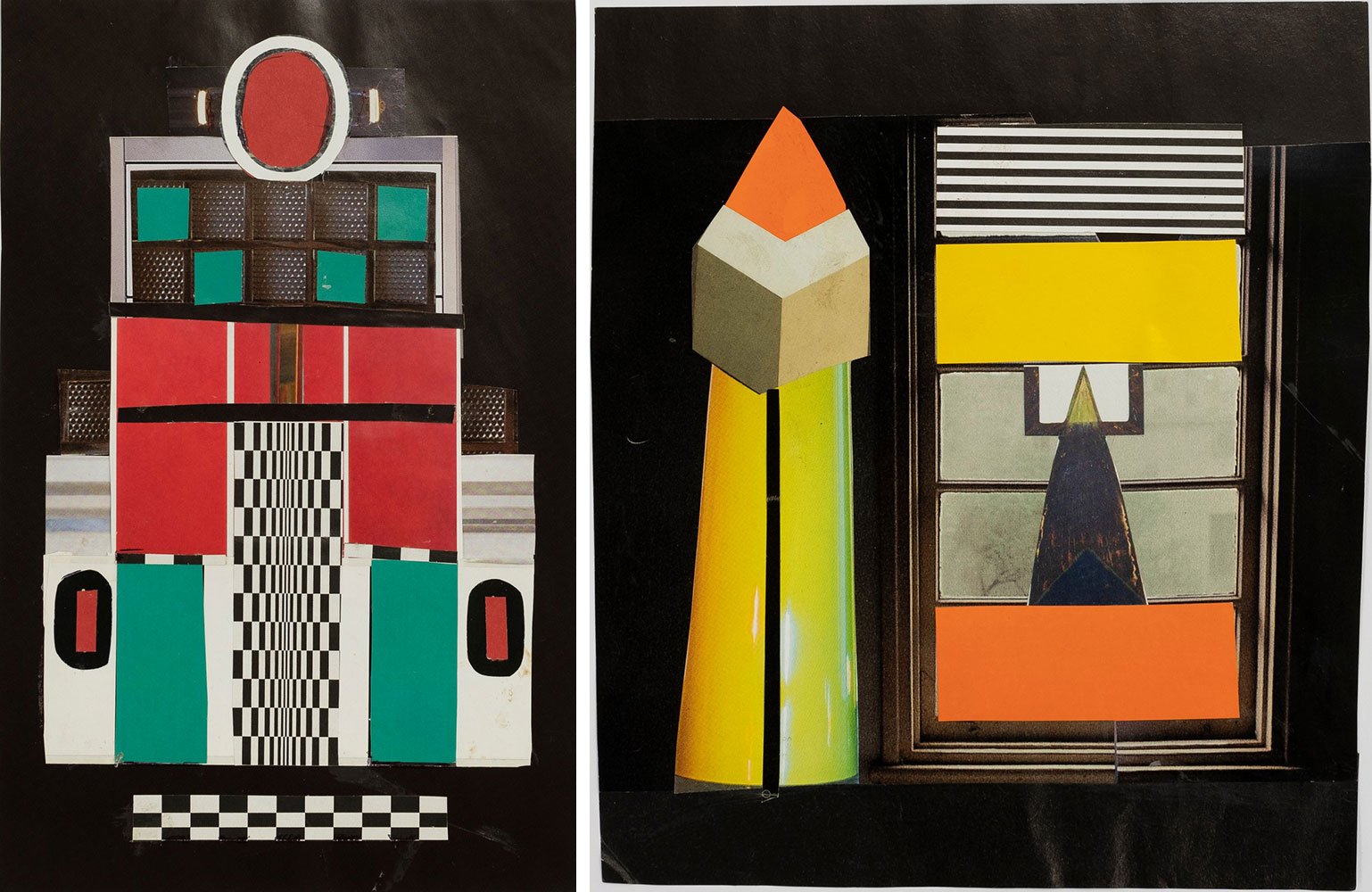
Right: Elisabeth Wild, Untitled, 2019, Collage on paper, 20 x 17 cm, © Estate of Elisabeth Wild, 2023, Courtesy of the Artist‘s Estate; Karma International, Zurich, Photo: Isabel Rotzler
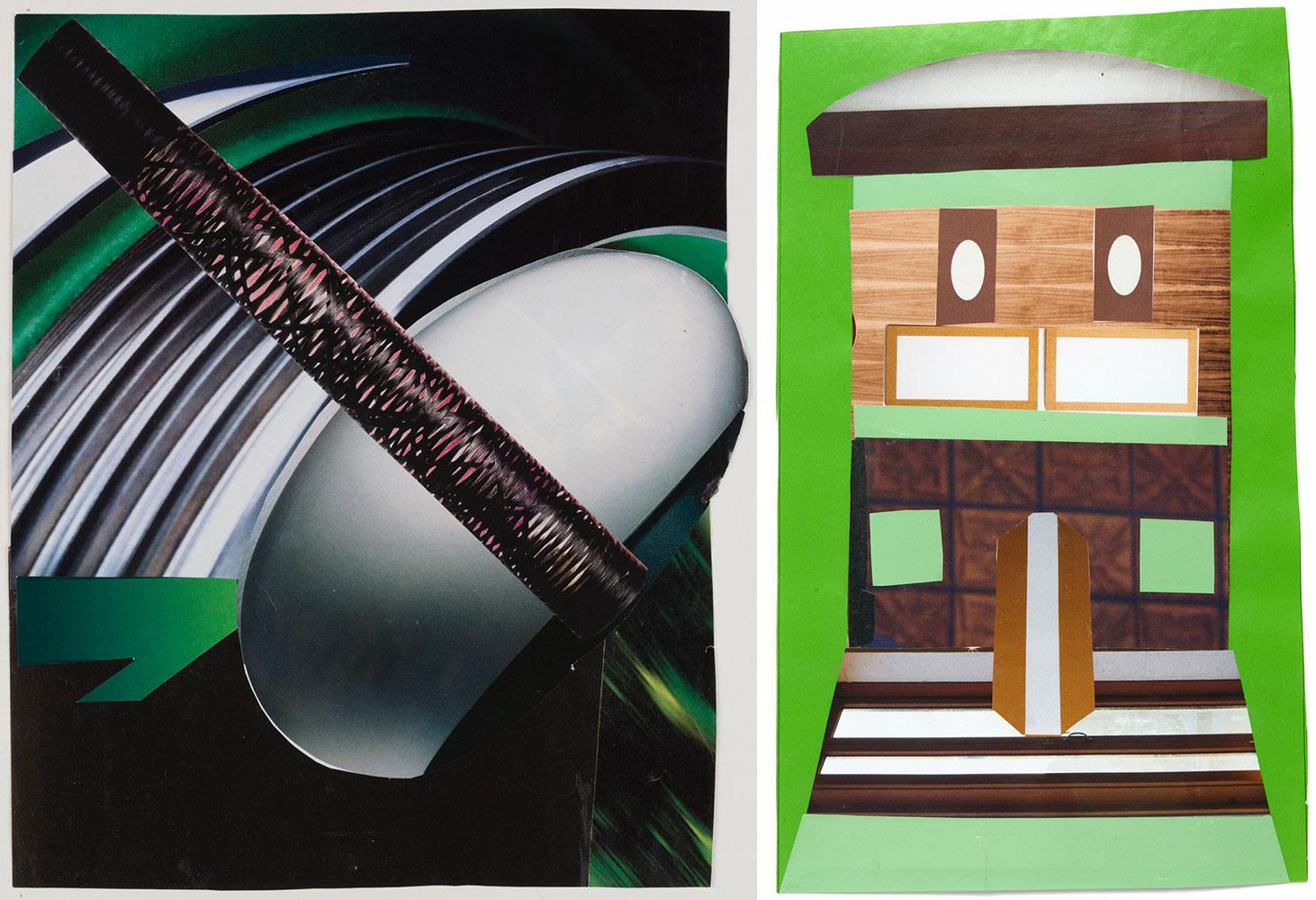
Right: Elisabeth Wild, Untitled, 2018, Collage on paper, 25 x 15 cm, © Estate of Elisabeth Wild, 2023, Courtesy of the Artist‘s Estate; Karma International, Zurich, Photo: Nicolas Duc
